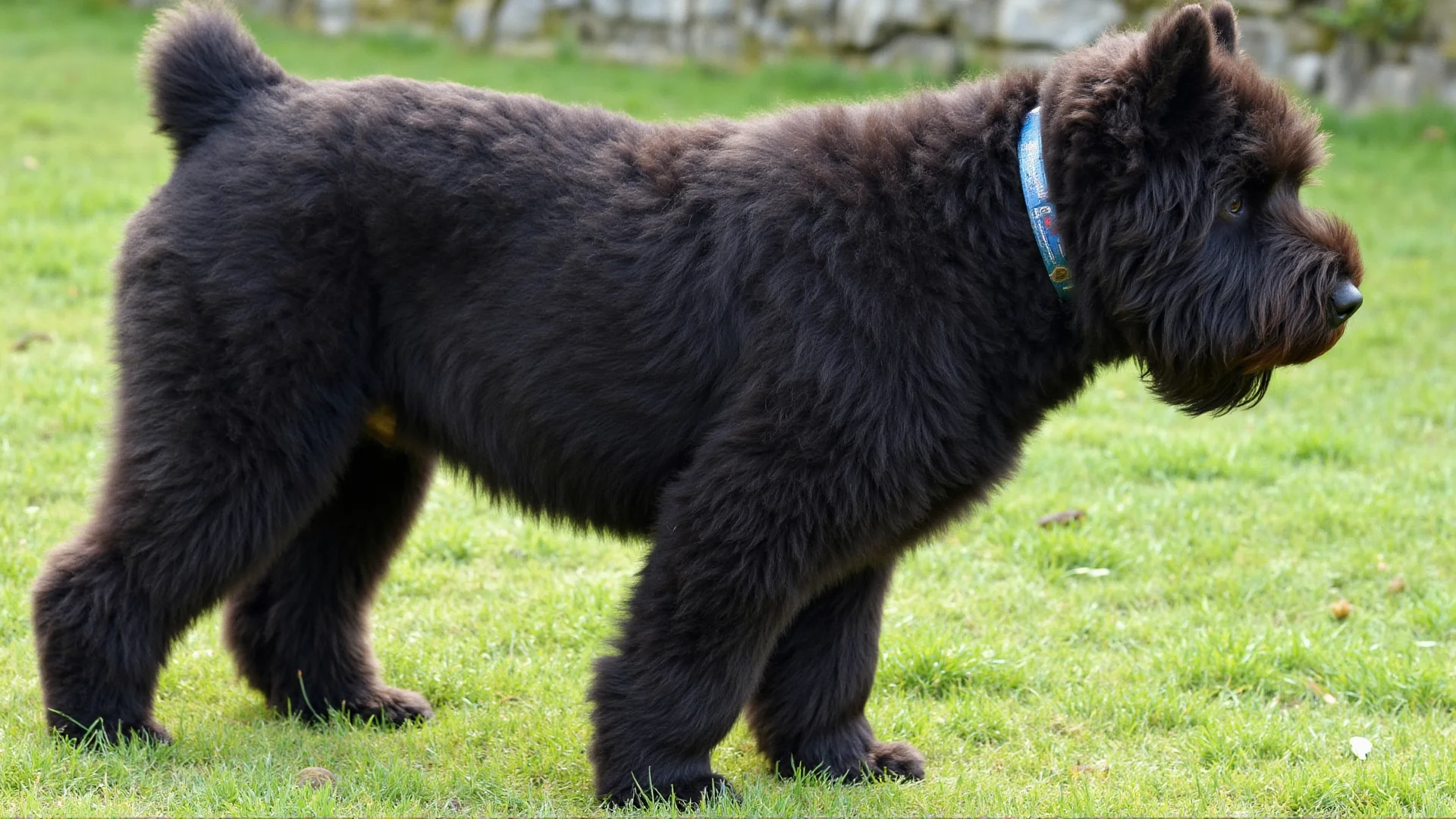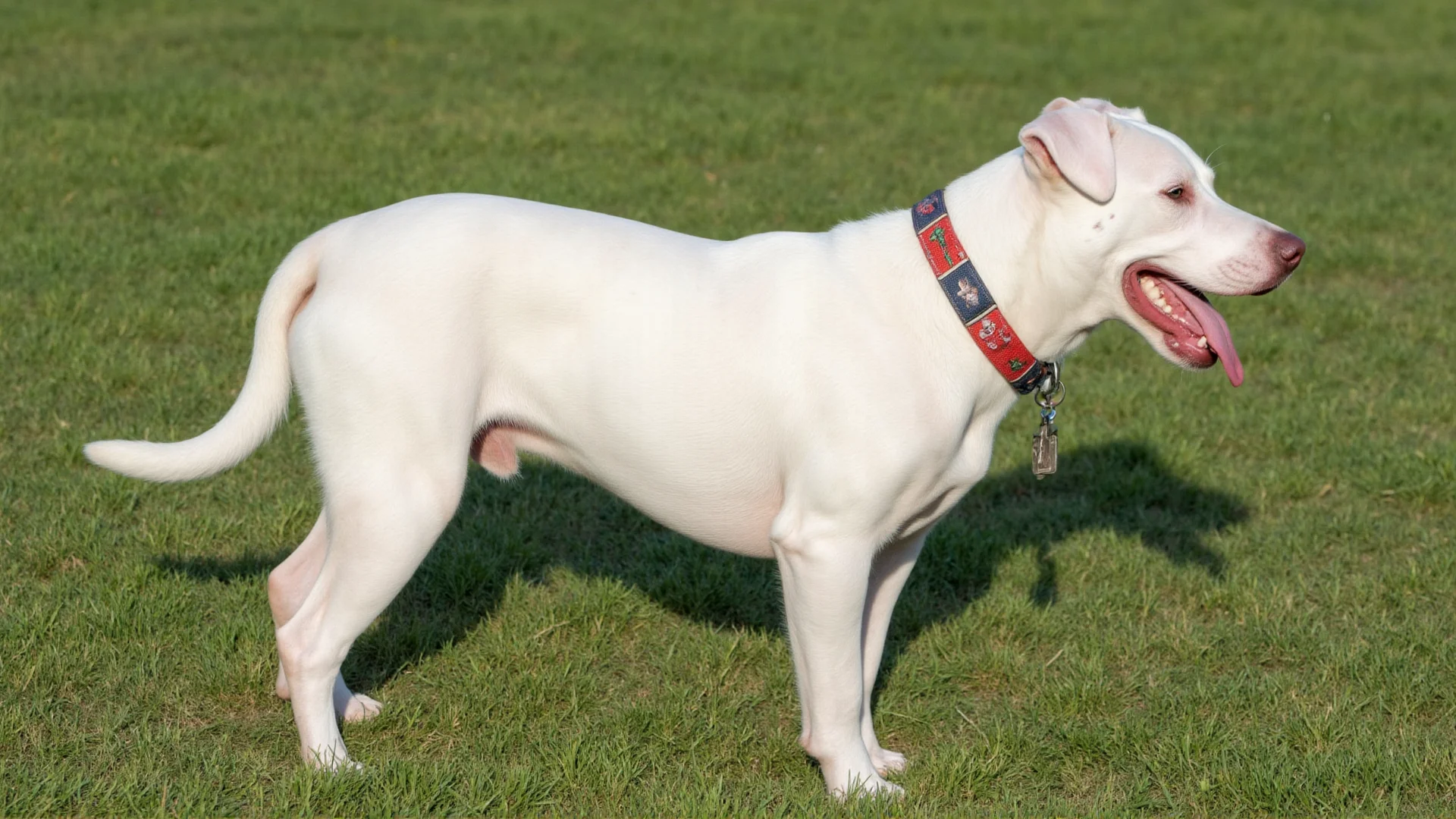The Shetland Sheepdog: Unleashing the Working Dog Potential in Your Sheltie
Shetland Sheepdogs are far more than just beautiful companions—they're intelligent working dogs with centuries of herding heritage flowing through their veins. Understanding and nurturing these working instincts is key to raising a well-balanced, fulfilled Sheltie.
Understanding the Sheltie's Working Heritage
Originally bred in the Shetland Islands of Scotland, these remarkable dogs were developed to herd sheep in harsh, unforgiving terrain. Their compact size, intelligence, and unwavering loyalty made them invaluable partners to farmers who needed a dog capable of independent thinking and reliable work ethic.
Today's Shetland Sheepdogs retain these powerful working instincts, even when living as family pets. This means your Sheltie has an inherent need for mental stimulation, physical activity, and purposeful work that goes far beyond casual walks around the neighborhood.
Recognizing Working Dog Behaviors in Your Sheltie
Understanding your Sheltie's working nature starts with recognizing their natural behaviors:
Herding Instincts
You'll notice your Sheltie naturally wants to "gather" family members, other pets, or even children. They may circle, nip at heels, or bark to move their "flock." This isn't misbehavior—it's their genetic programming at work.
Alert and Protective Nature
Shelties are naturally vigilant, often serving as excellent watchdogs. Their keen awareness of their environment and quick alerting bark stem from generations of protecting livestock from predators.
High Intelligence and Problem-Solving
Working dogs must think independently and solve problems quickly. Your Sheltie's intelligence means they need mental challenges to prevent boredom and destructive behaviors.
Channeling Working Instincts Through Training
The key to a well-behaved working Sheltie lies in providing appropriate outlets for their natural drives through structured training and activities.
Advanced Obedience Training
Basic commands aren't enough for these intelligent dogs. Teach complex sequences, directional commands, and distance work. Commands like "go around," "come by," and "away to me" tap into their herding heritage while providing mental stimulation.
Agility and Sports Training
Shelties excel in dog sports that combine physical activity with mental challenges. Agility training develops their natural athleticism while providing the structured work environment they crave. Consider also rally obedience, flyball, or competitive herding trials.
Job-Specific Training
Give your Sheltie actual jobs around the house. Train them to retrieve specific items, carry messages between family members, or help with yard work. These purposeful tasks satisfy their need to be useful and productive.
Essential Mental Stimulation Activities
A tired Sheltie is a good Sheltie, but mental exhaustion is just as important as physical exercise for working breeds.
Puzzle Toys and Brain Games
Invest in high-quality puzzle toys that challenge your Sheltie's problem-solving abilities. Rotate toys regularly to maintain novelty and interest. Hide treats around the house to encourage natural foraging behaviors.
Scent Work and Tracking
Teach your Sheltie to use their nose through scent work exercises. Start with simple hide-and-seek games with treats, then progress to more complex tracking exercises. This taps into their natural ability to work independently while following scent trails.
Interactive Training Sessions
Conduct multiple short training sessions throughout the day rather than one long session. Teach new tricks, practice old commands, and introduce novel challenges to keep their minds sharp and engaged.
Physical Exercise Requirements for Working Shelties
While Shelties are smaller than many working breeds, their exercise needs are substantial and specific to their working nature.
Structured Exercise Programs
Aim for at least 60-90 minutes of combined physical and mental exercise daily. This should include brisk walks, free running in secure areas, and structured play sessions that simulate working activities.
Herding Simulations
Use exercise balls, remote-controlled toys, or even willing family members to create herding scenarios. This allows your Sheltie to practice their natural behaviors in a controlled, positive environment.
Weather Considerations
Shelties are hardy dogs bred for harsh conditions, but their double coat requires special consideration in hot weather. Provide plenty of water and shade, and exercise during cooler parts of the day during summer months.
Creating a Working Dog Environment at Home
Transform your living space to better accommodate your Sheltie's working dog needs while maintaining a harmonious household.
Designated Work Areas
Establish specific areas where your Sheltie can engage in working behaviors. This might include a section of the yard for agility equipment or an indoor space for puzzle-solving activities.
Proper Equipment
Invest in quality equipment that supports working activities: sturdy leashes for training, weather-appropriate gear for outdoor work, and durable toys that can withstand enthusiastic play from an intelligent, active dog.
Family Integration
Involve all family members in understanding and supporting your Sheltie's working nature. Teach children appropriate ways to interact with a herding dog and establish consistent rules that everyone follows.
Common Challenges and Solutions
Working with a Sheltie's natural instincts isn't always straightforward. Here are common challenges and effective solutions.
Excessive Barking
Shelties were bred to communicate with their handlers across vast distances, making them naturally vocal. Channel this through training specific "speak" and "quiet" commands, and provide appropriate outlets for their need to communicate.
Nipping and Herding Behavior
Redirect herding behaviors toward appropriate targets like toys or balls rather than family members. Teach gentle mouth control through bite inhibition training and provide alternative behaviors when the urge to herd arises.
Destructive Behavior from Boredom
Prevent destructive behaviors by ensuring your Sheltie receives adequate mental and physical stimulation. Increase training complexity and introduce new challenges when you notice signs of boredom or restlessness.
Building a Training Schedule That Works
Consistency is crucial for working dogs. Establish a routine that incorporates training, exercise, and mental stimulation throughout the day.
Daily Training Structure
Morning: Basic obedience review and physical exercise
Midday: Short training session or puzzle toy time
Evening: Advanced training, agility work, or herding games
Night: Calm activities and relaxation training
Weekly Goals
Set specific weekly training goals that build upon previous achievements. This might include mastering a new agility obstacle, improving response time to commands, or learning a new trick that utilizes their working instincts.
Seasonal Adaptations
Adjust your training schedule based on seasonal changes. Take advantage of mild weather for outdoor activities while developing indoor alternatives for extreme weather conditions.
The Rewards of Working with Your Sheltie's Nature
When you successfully harness your Shetland Sheepdog's working instincts, you'll discover a partnership unlike any other. These dogs form incredibly strong bonds with owners who understand and respect their need for purposeful work.
You'll find that your Sheltie becomes more confident, better behaved, and genuinely happier when their working needs are met. The intelligence and eagerness to please that made them excellent farm dogs will make them exceptional companions in your modern life.
Remember that working with a Sheltie's natural instincts is an ongoing journey, not a destination. Continue learning, adapting, and growing together as you build a relationship based on mutual respect and understanding of their remarkable working heritage.




